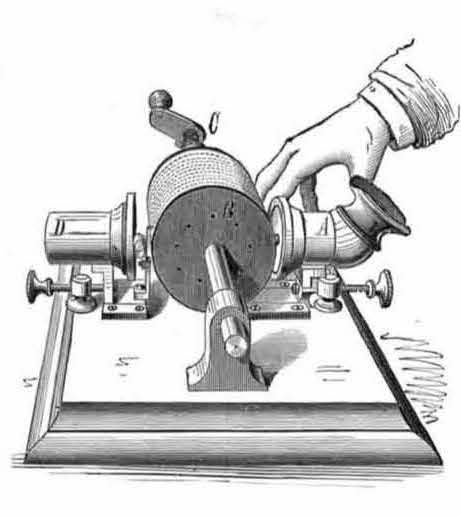| Dear Reader,
January weather in the Northern Hemisphere has always encouraged people to spend more time indoors. In the 19th century, reading and hobbies became popular; in 2021 we tend to rely on electronics. It’s interesting to see how the technology of entertainment has changed since then. Also, not trying to be a downer but let’s look at radiation this month, it’s important. Lastly, because people living on the coast of Western Europe no longer have to fear “the fury of the Norsemen,” they’re kind of fun: Vikings. |


Comments
Post a Comment